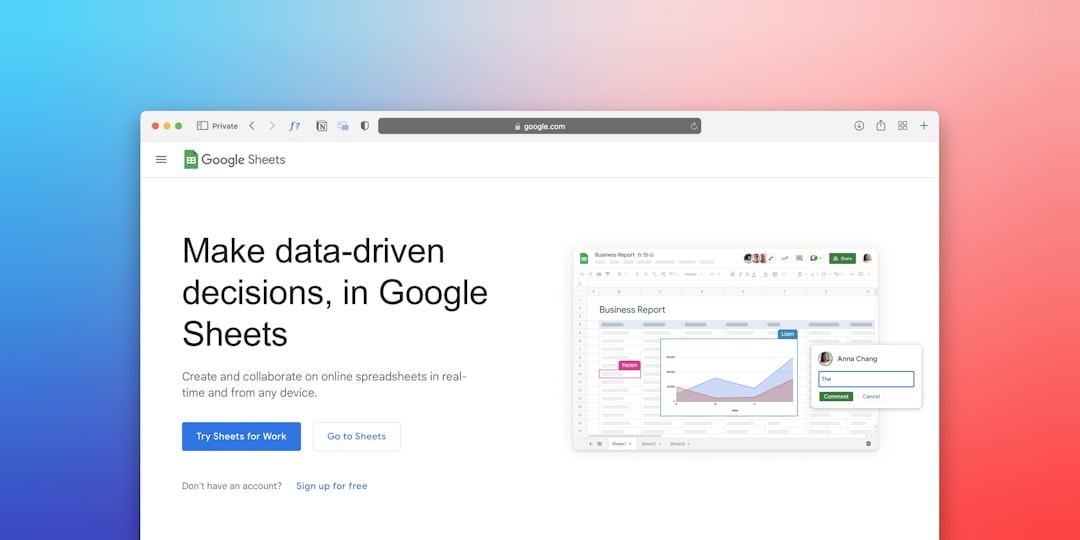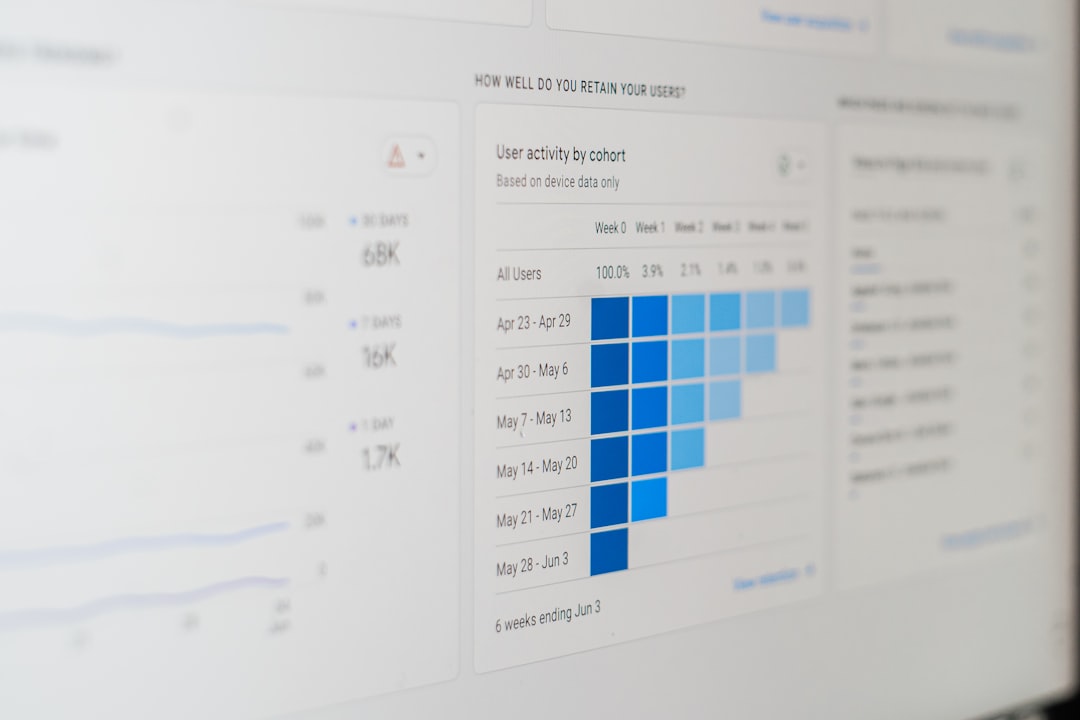In 2025, businesses are no longer guessing what their consumers think — they’re listening, analyzing, and responding in real-time. This evolution is largely due to advancements in social listening, a digital practice that monitors social media channels and online platforms to capture consumer sentiment, industry trends, and feedback on products or services. As customer expectations rise, mastering social listening is essential for maintaining brand relevance and trust.
But social listening has come a long way from simple hashtag monitoring. Today, it’s about interpreting behaviors, spotting influential voices, and making data-driven decisions — all driven by smarter tools and more efficient workflows. Let’s explore how social listening is changing in 2025 and what tools and strategies can help businesses turn conversations into action.
The Evolution of Social Listening
Social listening isn’t just about “listening” anymore; it’s about understanding the why behind the conversation. While past tools focused on basic metrics like mentions or likes, 2025 ushers in a new era filled with AI-powered insights, predictive analytics, and cross-platform sentiment visualization.
With over 4.9 billion active social media users worldwide, brands now need comprehensive listening strategies that go beyond Twitter and Facebook. Today’s tools are pulling in data from more complex environments such as:
- Decentralized social platforms (like Mastodon and Threads)
- Private communities (such as Discord and Slack channels)
- Online review hubs and forums (Reddit, Quora, G2)
- Audio-based content (Clubhouse recordings, Twitter Spaces)
- Even influencer video content on TikTok and YouTube
As digital behavior evolves, so do the technologies and workflows businesses must adopt. Let’s dive into the top tools and best practices you’ll need to stay ahead.
Top Social Listening Tools in 2025
The market is flooded with options, but a few tools are carving out their dominance this year. Here are some standouts:
1. Brandwatch
Known for its depth in AI-driven sentiment analysis, Brandwatch now integrates with XR platforms and uses computer vision to analyze visual data from customer posts. Think of it as listening with your eyes.
2. Sprout Social
Sprout has enhanced its toolset with predictive alerts. Using machine learning, it can now detect trending conversations before they explode — allowing brands to act proactively rather than reactively.
3. Talkwalker
With cross-lingual support and image recognition, Talkwalker easily captures brand mentions even when your name isn’t used. It’s especially useful in global brand scenarios where multilingual sentiment tracking is critical.
4. Meltwater
A favorite for PR professionals, Meltwater blends news media mentions with social data, giving you a broader view of how information evolves across channels. Their integration with RSS feeds and dark social tracking makes it incredibly robust.
5. LatelyAI
More than just a listening tool, LatelyAI also repurposes content using voice data. Audio listening is going mainstream in 2025, and this tool helps brands understand how people talk about them, not just what they say in text.

Effective Workflows for Team Integration
Having the right tools is just one piece of the puzzle. A strategic workflow is what turns noise into actionable intelligence. Here’s how marketing and customer experience teams are integrating social listening into daily operations in 2025:
1. Align With Core Objectives
Before you start tracking hashtags or competitor mentions, clearly define what you’re listening for. Are you tracking brand sentiment? Sourcing content ideas? Trying to manage a potential PR crisis? Each objective demands different data points and response strategies.
2. Centralize Listening Channels
Use APIs or platform plugins to consolidate feeds from all relevant sources — social networks, forums, review sites, even internal platforms like community boards or chat groups. Having a single dashboard is critical for cross-functional teams to interpret data together.
3. Automate Tagging and Categorization
Modern tools allow for auto-tagging by sentiment, product categories, source type, and urgency. Creating a taxonomy of tags helps you prioritize what needs human attention and what can be routed for automated response or escalation.
4. Build a Response Playbook
Real-time feedback requires real-time action. Having a tiered response protocol — for praise, complaints, misinformation, or crisis triggers — equips teams with pre-approved statements and escalation paths to handle different situations swiftly.
5. Human + AI Collaboration
While AI can categorize tone and detect unusual spikes in mention volume, human judgment is still key for contextual understanding. More companies in 2025 are blending human analysts with AI-powered alerts to achieve both scale and nuance.

Key Use Cases of Social Listening in 2025
So how are industry leaders using these tools to gain a competitive edge? Here are some evolving applications:
- Product Development: Leveraging social insights to shape features, improve UX, or identify bugs in real-time.
- Competitive Benchmarking: Analyzing how consumers perceive competitors across different regions and languages.
- Misinformation Tracking: Spotting and correcting rumors or fake news before they spiral.
- Influencer Collaboration: Identifying niche influencers who support your brand organically.
- Campaign Performance Analysis: Measuring real-time sentiment and adjusting ads or messaging accordingly.
Social Listening + AI: The Future is Now
In 2025, AI isn’t just tagging posts or filtering spam—it’s helping draw narratives. Advanced Natural Language Processing (NLP) allows listening tools to understand sarcasm or cultural context. Predictive modeling estimates reputational risk levels based on current activity spikes. Some tools even simulate public response to hypothetical brand actions.
Sentiment no longer exists in a binary (positive/negative) format. New emotional matrices evaluate humor appreciation, urgency signals, or shifts in trust sentiment. Combined with demographic segmentation, it gives brands a granular look into their audience’s moods and preferences.
Here are a few AI-driven breakthroughs used in social listening platforms today:
- Emotion scoring algorithms that map nuanced feelings like anticipation, confusion, or admiration.
- Topic clustering that reveals subthemes within large topic volumes for more targeted responses.
- Visual sentiment detection from emojis, memes, or product images.
Measuring ROI of Social Listening
Brands often struggle with quantifying the impact of their listening efforts. In 2025, ROI measurement is becoming more sophisticated:
- Brand health index: A dynamic score combining sentiment trends, share of voice, and influencer reach.
- Customer experience improvements: Mapping listening insights to call center issues or churn patterns.
- Crisis control accuracy: Evaluating how fast and effectively your team responded to negative sentiment spikes.
Integrations with CRM software help link listening data back to sales or service engagements. This closes the loop from awareness to action and gives executives a clearer view of where social listening impacts the business directly.
Conclusion
Social listening in 2025 is not just a social media strategy — it’s a cornerstone of customer intelligence. With the right mix of advanced tools and agile workflows, brands can move from reactive monitoring to proactive brand building, all through the power of listening.
Whether it’s a tweet, a TikTok soundbite, or a Reddit thread, your brand is being discussed. The question is: Are you listening — and what are you going to do about it?



